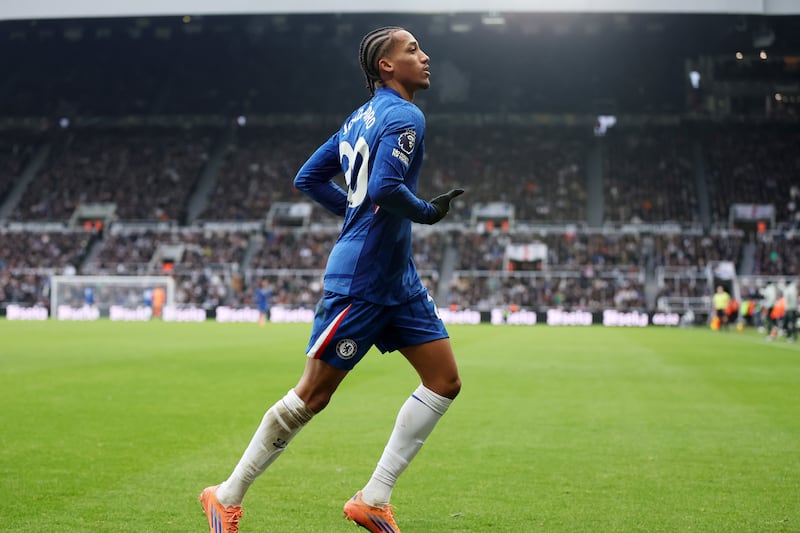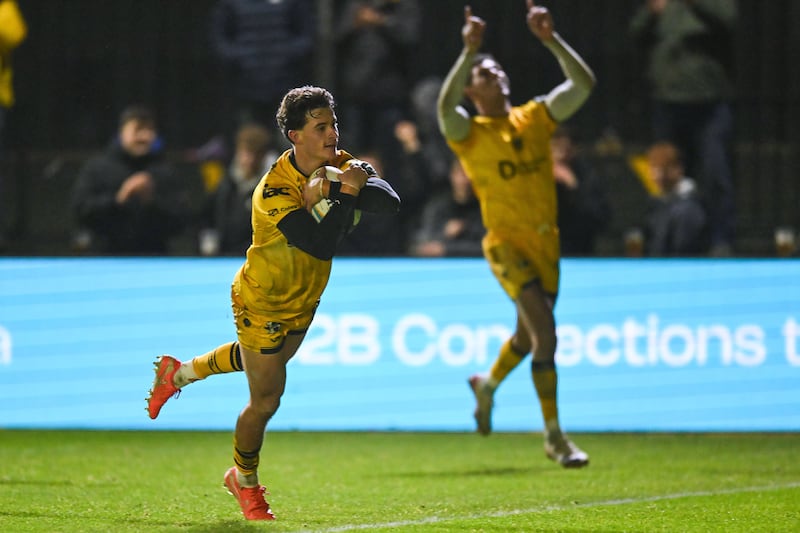You could see them huddled in the corners of the rugby club disco nursing a Guinness and blackcurrant (chosen for the colour, not the taste), the dress code a mish-mash of vintage Victoriana, ripped fishnets, fake leather, army surplus and Dr Martens. The regulation hair was backcombed, soaped or sprayed, dyed bible-black, maybe with a streak, or quasi-mohawked, the make-up palette dramatic kabuki meets German expressionist whiteface with a scrawl of kohl to magnify the eyes.
They came in from the suburbs, cloaked in Crombies, running the gauntlet of Teds and boot boys, to haunt the perimeters of the dancefloor like nocturnal animals, until the DJ threw them a bone in the form of The Cure’s In Between Days, or The Cult’s She Sells Sanctuary, or Sisters of Mercy’s This Corrosion, at which point they’d hurl themselves into the crucible, all ungainly, pale limbs and flashing dog-tags and bangles.
They were the butt of the culture’s jokes, the target of NME and Melody Maker snark. Goths, the gag went, like cockroaches and Keith Richards, would be the only ones left after the big one dropped. The end-times allusion was no accident: their coming-of-age years were curdled by third World War fear, by whispers of a deadly new virus ripping through the downtown clubs, by a crippling recession. “We reacted to the world because it weighed heavily on us,” Sisters of Mercy singer Andrew Eldritch recalls in John Robb’s mammoth new book The Art of Darkness: The History of Goth. “Maybe this was because of the Cold War, and we didn’t expect to live for long. Also, we didn’t expect normal employment because half of us had no skills, and the other half didn’t know how to apply our skills.”
“It was a dark period, the late ‘70s,” Robb says when I run this quote past him via Zoom. “We had a useless government and the world felt like it was headed towards a nuclear war – I mean, I can’t imagine what that feels like now!”
READ MORE
Robb is the 61-year-old, Lancashire-born culture journalist, author, TV pundit, editor of the Louder Than War website, and member of post-punk veterans the Membranes. As he indicates, it’s an apt climate in which to reappraise the goth phenomenon. The times have rhymed, and what was once a panto floorshow now looks like a genuinely innovative and subversive youth cult. Between 1979 and 1987, goth (or “darkwave” or “deathrock”) bands produced a wealth of stunningly inventive records, lyrically and texturally complex enough for bedroom listening, but rhythmically muscular and club-friendly.
[ Unknown Pleasures: Joy Division’s accidental masterpiece at 40Opens in new window ]
“It was like dancing into the apocalypse,” Robb says. “It didn’t mean everybody was really miserable, it was embracing the melancholy. Joy Division were dark but incredibly uplifting. People aren’t that facile, that sad music makes them completely sad. There’s lots of different ways you react to it.”
Essentially post-punk with a Romantic streak, the goth ranks were populated by working-class autodidacts and DIY fashionistas, their strongholds “regional” cities and towns such as Leeds, Bradford, Sheffield, Northampton. The soundtrack was diverse, from industrial art terrorists such as Throbbing Gristle and Einsturzende Neubauten, to the blistering live acts that were Joy Division and Killing Joke, bands that fused gloomy baritone vocals with visceral noise and death-disco pulses. Melbourne’s The Birthday Party, Dublin’s Virgin Prunes, PiL, The Creatures and Southern Death Cult all deployed devastatingly effective tribal rhythms. Theatre Of Hate even incorporated operatic and spaghetti western elements.
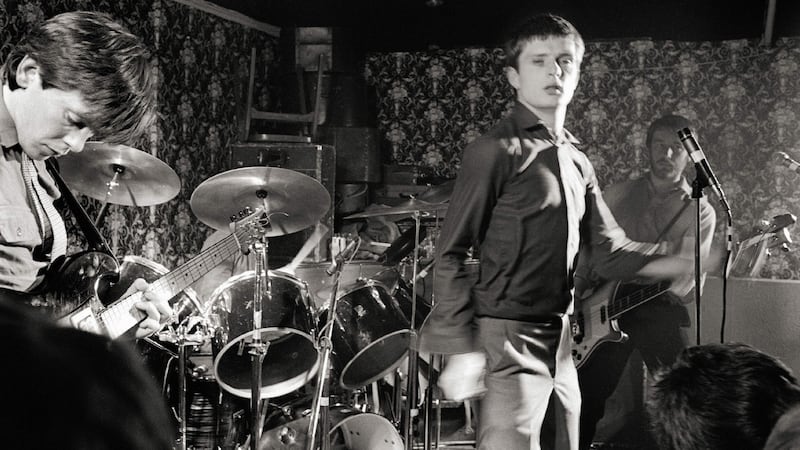
“Goth was a loose corral of bands that fitted into a narrative, which was very much dominated by the dancefloor, the club,” Robb asserts. “Punk was more about live gigs. There were a couple of punk clubs, but they weren’t the driver of the culture. Clubs had been around before – Mod clubs, soul – but goth clubs were in every single backwater town, and they weren’t just watered-down versions, they were as freaky as the epicentres. Each chapter of the book is almost a description of that dancefloor, like a playlist extrapolated out to the key pillars of the movement. I mean, no band thought of itself as a goth band, which is quite an important part of this. A band like The Cramps obviously weren’t a goth band per se, but they were played in every single goth club you went to. Black music was really important. I’m amazed that nobody has picked up on this before: funk, dub and disco are key influences on goth. You have to be able to move to it. I wonder how much John Peel has got to do with this, because the wide range of music he was playing on his show had to be affecting people.”
For sure – I remember talking to Kevin Shields about listening to the Peel show on medium-wave radio. Everything sounded like it had Hawkwind-style space-rock overdubs, and when you bought the records you’d be disappointed to find that all those cool effects were actually radio interference.
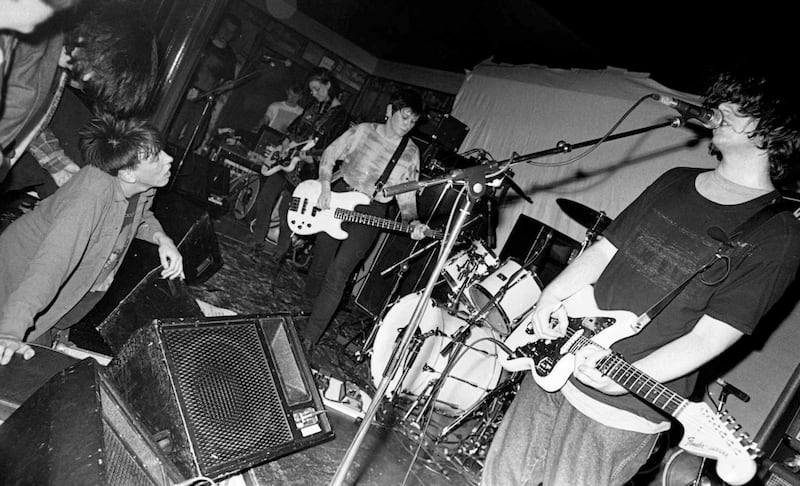
“That completely explains My Bloody Valentine – he’s actually recreated the radio interference into the tracks! It’s good to mention them, I put them into the book because they’re not a direct goth band but they are definitely descended from goth. When they started, they wanted to be like The Birthday Party, they wanted to make dissonant, wild, dark music, but they physically couldn’t make it, so they ended up with something else completely magical. You can still hear that dark power inside their music, it has that seductive honey melody thing on top, but also the dissonance and noise mixed in as well, they’re like the Mary Chain.”
They’re fundamental human conditions: melancholy, joy, sex and death, all those great tenets of goth, they’re always with us.
Many of these acts were also pioneers in terms of polymorphous identity expression – androgynous figures like Dead or Alive, Danse Society and Gene Loves Jezebel, or alpha-female avatars like Siouxsie Sioux, Poison Ivy and Patricia Morrison. Compared to Oi! or metal gigs, goth audiences were co-ed. Style was all. I remember a goth girl pal borrowing my Hanoi Rocks album not because she liked the music (Finnish glam-punk), but because she wanted to copy the guitarist’s backcombed hairdo on the sleeve.
“It’s interesting you mention that, because the more modern way people relate to the gothic feel is on Instagram and TikTok, where they’ll post pictures without the music – the style has actually superseded the music. A picture of a woman in Russia dressed up in goth clothes standing in the middle of a forest is an equally artful statement of the idea of melancholy. Like gothic gaming, or Batman movies, or Wednesday, which is a dual generation thing – Tim Burton is probably the number one goth ambassador in the world.”
Hence The Cramps’ Spotify stats going mental as a result of the instantly iconic Goo Goo Muck dance sequence. In times of lean, dressing up for the dance is akin to sedition. The Virgin Prunes risked getting lynched in a 1970s Catholic Ireland that, according to singer Gavin Friday, was close to Soviet in terms of poverty and cultural repression.
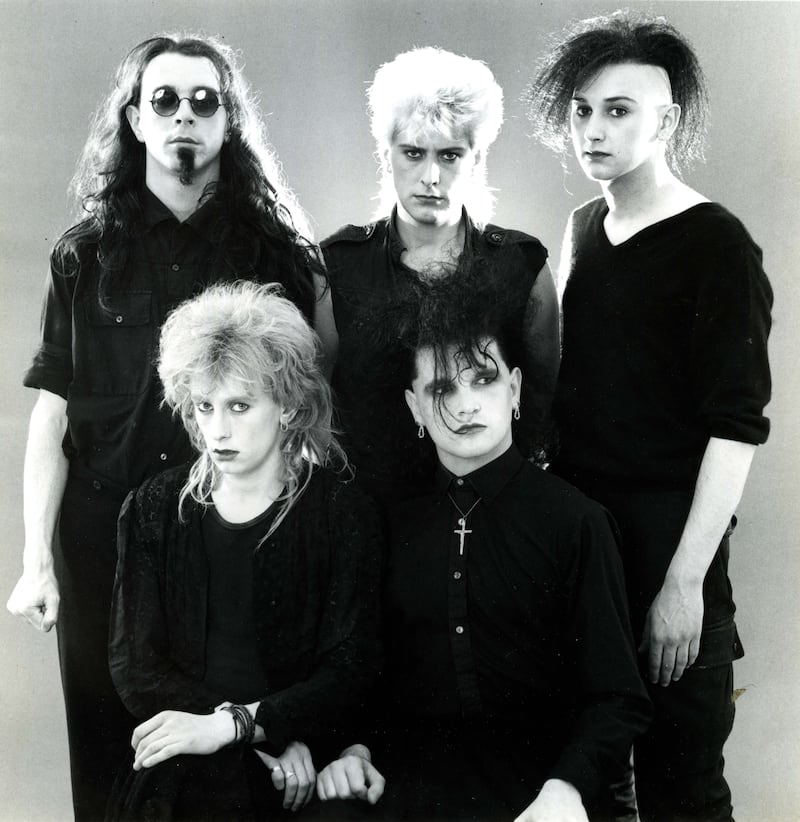
“The Virgin Prunes chapter is probably my favourite one in the book, ‘cos it shows the cultural effect of dressing up, it’s a revolutionary act. I like the idea that Ireland was this really stuffy, conservative country and then the Virgin Prunes turned up. And also the Lypton Village thing, that was really fascinating, the idea that one half of the village decided to be the world’s biggest band and the other half decided to be the world’s weirdest band. When they were teenagers walking down the street dressed up in mad clothes, there was only them in town. Anybody else who’d ever made it in Ireland got out and went to London, they were like the last people left, wandering around this boarded-up, apocalyptic, film-set city. One small act can have such a massive cultural effect. The irony of it is, the Virgin Prunes’ music is really commercial. I don’t mean in a boppy kind of way, but if you listen to it you think, ‘How come that wasn’t a hit?’ There’s nothing difficult about it at all, it’s really great, dark dance music.
[ Gavin Friday: ‘I think me and Guggi are bolder boys than Bono and Edge’Opens in new window ]
“You get the feeling that Gavin was kind of the ringleader in a sense, that bit about getting the ferry to Liverpool to go to Probe to buy records and taking everybody’s order, I mean that’s so old school, isn’t it? Going over there to buy 50 records: ‘Dermot wants the new single from The Fall, okay – anybody else want The Fall single?!!’ And then having to run the gauntlet of dealing with Pete Burns behind the counter: ‘What are ya buying that crap for?!!’ Every city had that kind of person, that one who’s quite challenging, who pushes the culture forward. They’re dotted around this book. Punk was like that, four years earlier. There was one Stooges album in each city, but the person who owned that record formed a band and changed the world.”
Now, some 40 years after goth’s summit point, The Cure, Bauhaus, Sisters of Mercy and The Damned are all selling out concert halls and touring the festival circuit. Even ferociously cult-like, off-grid acts such as Killing Joke and New Model Army are doing robust business.
“Every generation deals with its contemporary technology, and our contemporary technology was pop culture,” Robb says. “If you’re 14 or 15 now, you find a gaming community online which will reflect what you feel about the world. But goth is a big influence on a lot of modern culture. They like a lot of the old goth bands, I mean, they call them ‘trad goth’ bands – I love that term! The styles are replicated, but with nuances and twists which very much belong to that generation, filtered through gaming or cartoons or films. It’s bricolage, cut-and-paste culture, but the feel always stays the same. They’re fundamental human conditions: melancholy, joy, sex and death, all those great tenets of goth, they’re always with us.”
The Art of Darkness – The History of Goth is published by Manchester University Press















